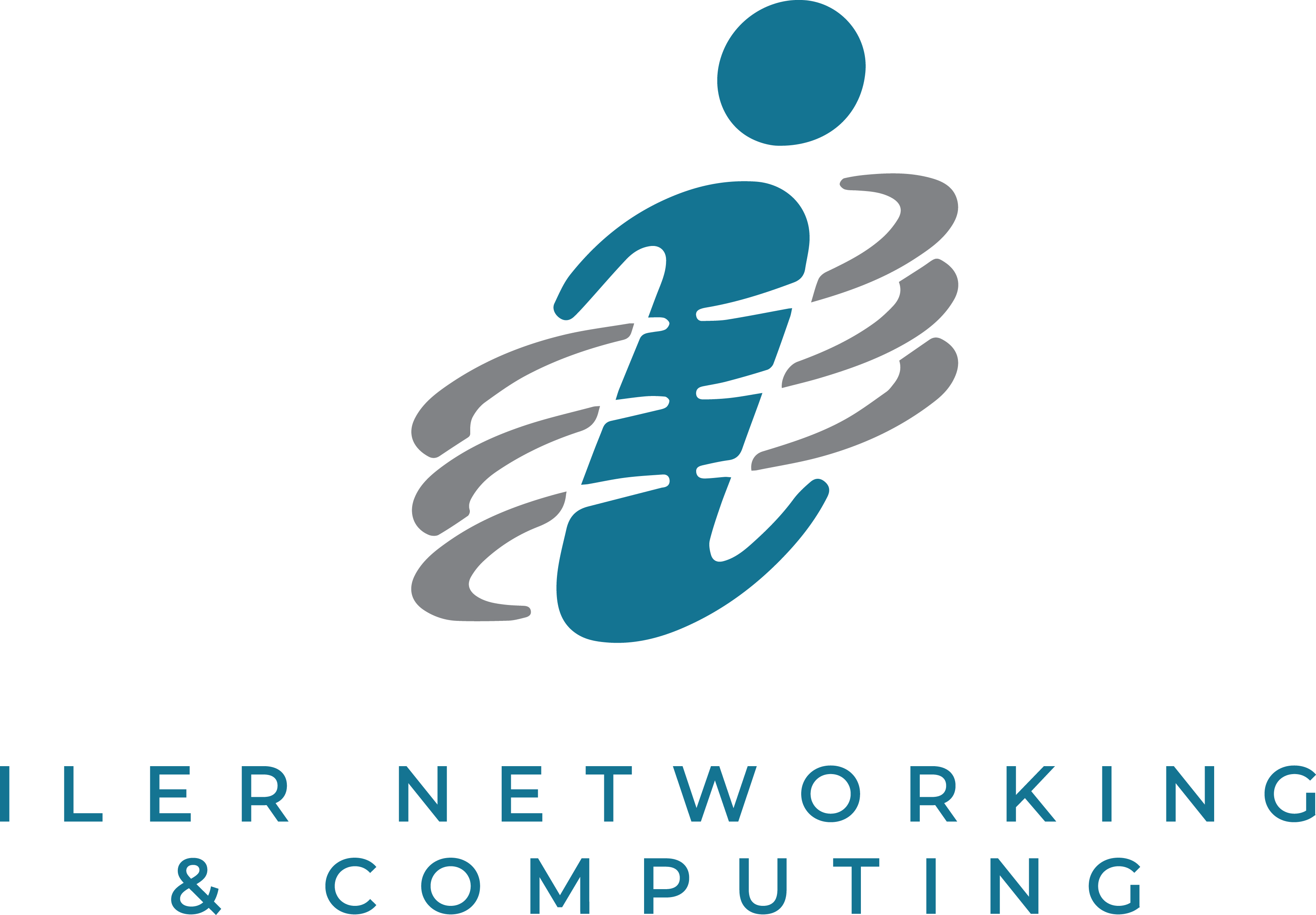Let’s start at the beginning.
1G was the first analog cellular device to be used. All it
could do was make calls.
2G featured voicemail and instant messages.
3G allowed mobile web browsing, image sharing, and GPS location
4G delivers the deep web functionality we know today.
Each lead to the next and are still used in some form of today’s technology.
What is this new 5G?
Like its predecessors, 5G is a
collection of cellular networks for our
information to travel on. 5G is the next generation in our technological
advances on the cellular level, the fifth to be exact. This new technology
claims to enhance speed, overall coverage, and receptivity of wireless
networks. We are talking 10 to 100 times faster than your standard cellular
connection. This means even faster connection than what you could get with a
fiber-optic cable running into your house or business. All networks are areas divided into small areas called cells. Devices within a cell will be connected to the Internet and the 5G network by radio waves through local antennas within the cell.
5G is more than just speed.
One of the main perks of the 5G network is something called low latency. This
term has been popping up a lot regarding the 5G network and can be confusing.
Latency is the time between when you click on something or start a video, to
the networks response to said action. The lag time averaging 20 milliseconds
with any of the current networks. This may not seem like a big deal, but with
5G, the lag time will be reduced to as little as 1 millisecond, that is
comparable to the time it takes for someone to blink. Responsiveness may be
important for things like playing video games or for self-driving cars, once we
get the technology, will be able to communicate with each other in real time.
How does 5G work?
5G works
by starting out using a super high-frequency spectrum, unfortunately this has a
shorter range but with higher capacity it can move more at once. Sort of like a
WIFI Hotspot. However,
higher-frequency radio waves such as what the 5G will be on has a shorter range
than the previous cell phone towers, requiring smaller cells and more of them.
To ensure wide range services, the 5G networks will operate on multiple
frequency bands using slower bands to help travel easier. It is simpler
to think of the spectrum like a river and the 5G like a speed boat quickly
carrying information across the waters. But with range and interference issues,
(other boats and debris) the cellphone companies are including a lower-frequency
spectrum (large boat) -like the ones currently used- to help get the 5G network
through.
5G technology requires a certain set of antennas that
current cellular devices do not have. Many phones will use Qualcomm’s X50
Modem, which is designed to specifically tap into certain 5G bands/later generation
phones will use
a second-generation chip that will tap into more spectrum bands.
With 5G coming so are more cellular radios (towers) per cell. The 5G wireless devices will also have to have 4G capability, as the new networks use
4G for the initial connection with the cell, they will also use 4G in locations
where 5G access is not available. Since 5G has a shorter rang,
especially if there are obstructions like trees or buildings, the networks will
compensate by putting up more cellular radios, smaller ones to be fair, but
still more.
This new higher frequency is considered a form of radiation that
is not supposed to be harmful to our bodies and currently poses no health risk.
Still, there are critics that are claiming that there is not enough research
done into the health effects of such radiation or that the studies that have
been done are inadequate. The World Health Organization lists cellular signals
as potential carcinogens, yes, but they also list pickled vegetables and coffee
as carcinogens, for perspective.
Here are some terms to know about 5G
Millimeter wave: An electromagnetic wave having a wavelength between
1 millimeter and 1 centimeter, corresponding to frequencies between 30 and 300 gigahertz.
Also known as millimetric wave.
Small cell: Our initial overage comes from large
towers covered with radios and antennas. These antennas are sending out signals
at a large distance, so there is no need for a large amount of them. Small
cells are the opposite: cooler sized radios can be hung up inside or outside.
It is operator controlled. Unfortunately, these small cells can only put out
short range signals, this means there will be more of them to cover the same
areas.
Gigabit LTE: This phrase is around more and
more as it is a precursor to 5G. It mostly references higher speeds on the current
networks. But the new objective for the Gigabit LTE network will provide the
foundation for 5G.
MIMO: stands for “multiple input,
multiple output.” This represents of having more antennas in our cellular
devices and on cellular towers. The antennas at each end, the receiver and the
transmitter, are being combined to minimize errors and optimize receiving speeds.
Carrier Aggregation: Wireless carriers can take
different groups of radio frequencies and put them together so cellular devices can
pick and choose the speediest frequency available, talk about smart phones. The
maximum data rate per user will be increased by the number of bands assigned to
each user. Think of it as a highway where cars can weave in and out depending
on which lane has less traffic meaning they can drive faster, there are no
speed limits in this metaphor.
QAM: Stands for Quadrature Amplitude Modulation.
This allows information to move quickly in a unique way compared to carrier
aggregation or MIMO. Remember our beloved highway analogy? With QAM, you will
have large trailers carrying data instead of small cars.
Beamforming: This is using various antennas to
transmit the same signal giving your device the quickest way to receive the
message.
Unlicensed spectrum: Cellular networks rely on what is
known as “licensed spectrum”, which companies own and purchase from their
respective governments.But the transition to 5G comes with the knowledge
that there is not enough spectrum available when it comes to maintaining wide
coverage.
Network slicing: Is the separation of multiple
networks that operate on the same hardware for different applications.






